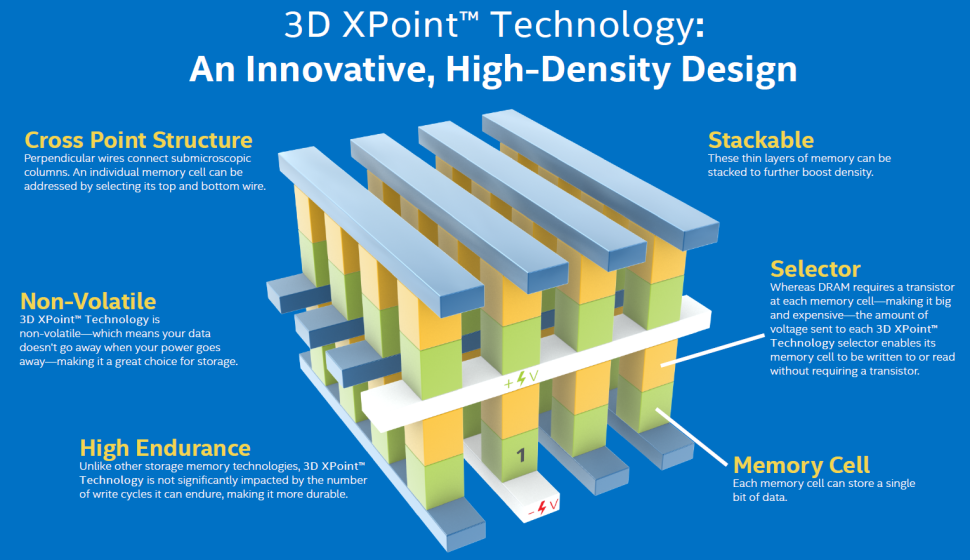Update: We’ve added responses from both Intel and Micron to the article below:Micron announced today that it is selling its 3D XPoint fab in Lehi, Utah, bringing an end to its production of the radical new memory technology that it developed with Intel. The company plans to sell the fab by the end of 2021 and exit the 3D XPoint business entirely.
Micron will cease all further development of 3D XPoint-based products due to lackluster demand that the company says has “insufficient market validation to justify the ongoing high levels of investments required to successfully commercialize 3D XPoint at scale.” The company recently divulged that it lost $400 million this year alone due to the lack of demand for 3D XPoint.
Intel and Micron developed the revolutionary 3D XPoint persistent memory, which melds the speed and endurance of DRAM with the persistence of data storage devices, in a secret joint effort that spanned a decade. The first formal announcement came in 2015.
Intel and Micron dissolved the joint development effort in 2018, with Micron buying out Intel’s share of the business for $1.5 billion. Intel continues to use 3D XPoint as the underlying storage medium for its Optane products but has long relied upon Micron for its supply of 3D XPoint. The two companies have a supply agreement that lasts until the end of the year.
Micron issued the following statement to Tom’s Hardware:
“Micron is committed to completing our obligations under the existing wafer supply agreement with Intel, which currently goes through the end of CY21, and Micron intends to retain all of its intellectual property associated with 3D XPoint.”
Intel also fabs its own 3D XPoint media in a New Mexico fab, but it’s unclear how much volume the company currently produces. While Intel is in the process of selling its own NAND flash and SSD businesses to SK hynix, it’s fully possible that it could be a potential suitor to purchase Micron’s Utah fab. Intel certainly has a vested interest in ensuring the supply of the memory because it is the key underlying technology in several of its differentiated data center offerings.
Intel responded to our queries on the matter, stating, “Micron’s announcement doesn’t change our strategy for Intel Optane or our ability to supply Intel Optane products to our customers.”
Intel’s own efforts to productize Optane, which uses the 3D XPoint media, have met with slow but steady uptake in the data center but fizzled in the consumer market. As such, Intel ceased production of all Optane devices for desktop PCs in January 2021. The company continues to develop both storage and persistent memory DIMMs for the enterprise markets. In fact, Intel recently unveiled its new Optane SSD P5800X for servers. This new device brings second-gen Optane to market for the first time, signaling that Intel remains committed to using the exotic memory for the enterprise market.
Micron announced several of its own storage devices based on 3D XPoint memory, like the QuantX and X100, but they never came to market, leaving Intel as the sole supplier of 3D XPoint-based products.
Micron says that it will shift its focus to developing memory products that support the Compute Express Link (CXL) standard, an open memory standard that ties together disparate pools of memory and compute. Micron says it “plans to apply the knowledge it has gained from the breakthroughs achieved through its 3D XPoint initiative, as well as related engineering expertise and resources, to new types of memory-centric products that target the memory-storage hierarchy.”
